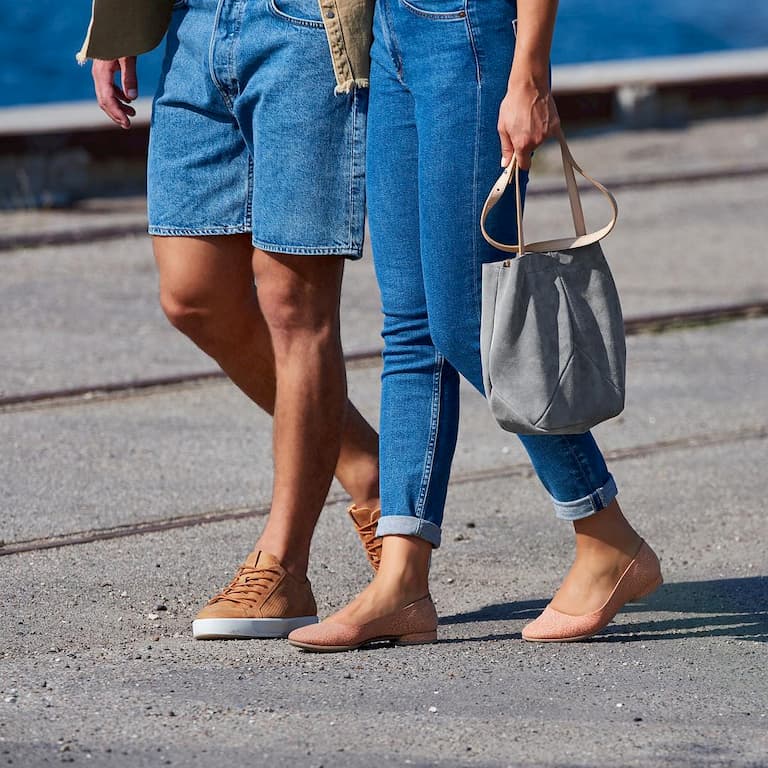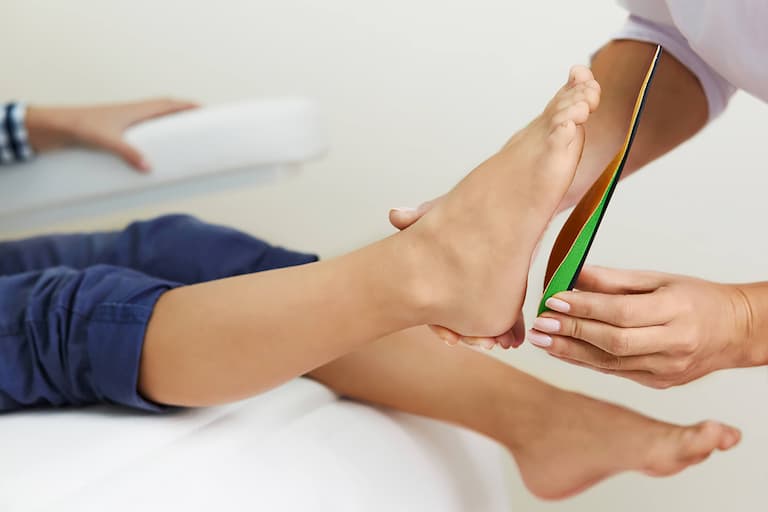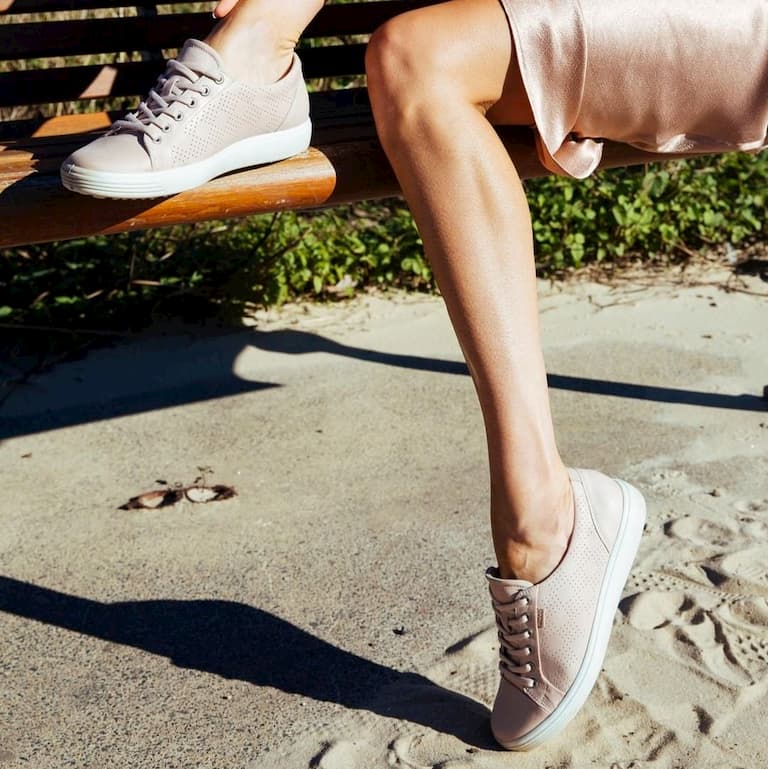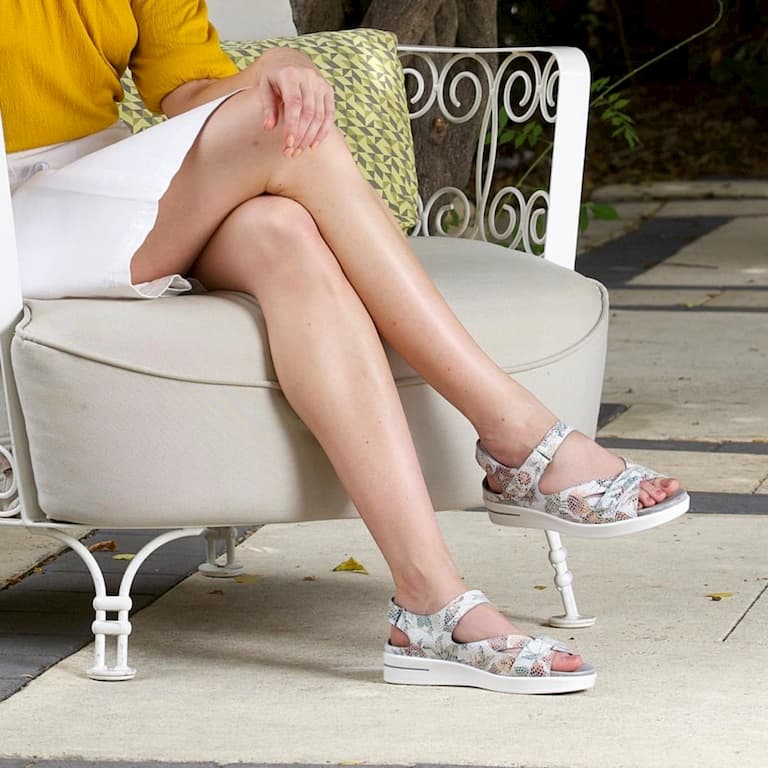Contents
The number of people who are dealing with some kind of foot problem is surprisingly high. Almost half of Australians, specifically 48% wake up with arch, foot or heel pain at least once a week and alarming 6% of them experience this condition on a daily basis. This means that a lot of people have difficulties walking, running or performing some other kind of physical activity. Luckily, not all is lost – many people can find relief in the various different models of women’s and men’s orthopedic shoes. Choosing the right orthopedic footwear for you can make a world of difference in your day-to-day life.
Know the different types
Orthotics are specifically designed to provide the proper foot support and aid in keeping a well-balanced body posture. You can find them in different sizes, shapes and styles, which means you’re bound to find the ideal pair for your needs. And since every person has specific feet, not all women’s and men’s orthopedic shoes are made the same. Generally, orthotic shoes are classified into two major categories – functional and accommodative orthotics. Functional shoes are created to provide ample structural support to a huge range of foot issues, including pronation, while accommodative orthotics are mostly used to correct specific foot problems and relieve mild pain. Alternatively, these types of shoes can be classified into three categories.

- Off-the-shelf orthotics are not specifically customized for your feet but they are still designed to provide your feet with the needed basic support. Both women’s and men’s orthopedic shoes come in a wide range of styles and are considered as shoes of high quality.
- Customized soft orthotics are made of soft materials like silicone or foam. Usually, they are recommended for people with a structural deformity or severe arthritis as they have enough cushioning support to minimise injuries.
- Customized hard orthotics are usually made of plastic or carbon fibre and their main purpose is to limit the movements of the foot’s joints.
Do you really need to wear orthotics?

The truth is, anyone can wear orthotic shoes regardless of their sex, age or foot condition. For example, off-the-shelf orthotics are a perfect option for people who don’t have any issues with their feet but want to wear comfortable, supportive and quality shoes. On the other hand, there is a group of people who should seriously consider wearing orthopaedic shoes. People who suffer from bunions, which is a foot deformity caused by wearing narrow or tight footwear, people with flat feet, chronic heel or back pain, people experiencing frequent ankle pain and similar – definitely need to consult a podiatrist.
How to choose the best pair for you
Whether you need to wear orthotics to correct a specific condition or you just want to boost your comfort, there are some important things you need to pay close attention to. For example, a rigid heel counter is important for keeping your ankles in the right position. Also, this will prevent the ball of your heels from slipping or rolling away from the shoes even when you are running or walking faster. Along with a rigid heel, a low heel is also a good choice as it will help you ensure maximum comfort while walking. Shoes that twist easily are generally not a good choice as they don’t provide the needed arch and base foot support, so make sure that the pair you choose does not twist easily. They also should be wide enough as a wider footbed means stronger foot support and better walking. Along with a wide footbed, a wide toe box is also important. A narrow one can easily cause problems, like bunions or inflamed and achy toes.

Buying a new pair of shoes, especially women’s and orthotic friendly men’s shoes can be a bit challenging. Aside from the tips above, there are some other shopping considerations you should keep in mind if you want to find the best shoes for you. Keep in mind, the most expensive pair is not always the best choice. There are plenty of reasonably-priced pairs of womens and mens orthopedic shoes that can work perfectly. In case you’ve decided to shop online, make sure you double-check the labels and ask for assistance if needed before you complete your purchase. Make sure the shape of the shoes is the same as your foot. Shoe sizing charts can differ a bit from one manufacturer to another, so in case you are not sure about the size, rely on a retailer’s customer support for help.
Once you finally bought your perfect pair of orthopaedic shoes, don’t get disappointed if you feel a little bit weird the first time wearing them. Orthotics are a little bit specific, so give yourself some adjustment time. Some people need about three months to adjust to walking in a different kind of shoe, so worry not and please take your time.


